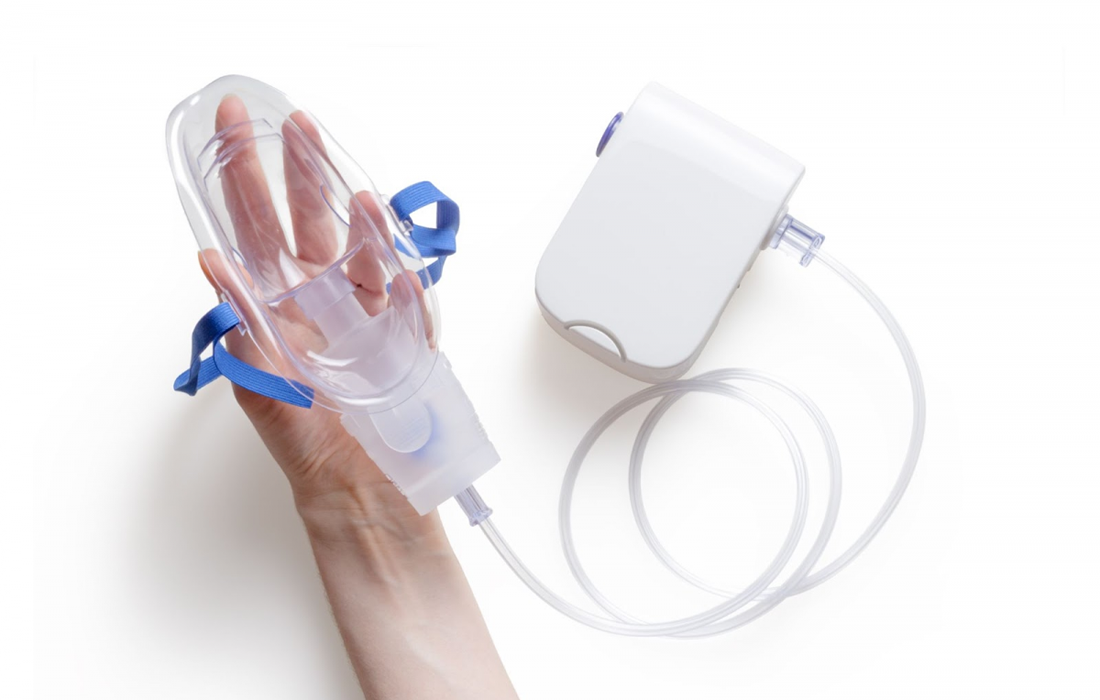Regenerative Medicine News and General Information
Nerve-Immune Cell Interactions in the Lungs Drive the Development of Allergic Asthma
Allergic asthma is the most common chronic disease among children, and it can persist into adulthood. New research led by investigators at Massachusetts General Hospital, reveals how the relationship between nerves and immune cells in the lungs can contribute to the development of this condition.
For the study, scientists generated unique newborn mouse models of allergen exposure that reproduce the progression of allergic asthma from childhood to adulthood. The work involved tracking allergen-specific immune cells called T helper 2 resident memory cells (Th2-TRMs) that are known to be the central mediator of recurrent allergic inflammation in the lungs.
Sympathetic nerves in the lungs produce dopamine and reside in proximity to certain T helper 2 cells following allergen exposure in newborns. When dopamine binds to DRD4 receptors on these T helper 2 cells, the cells are more prone to be transformed into Th2-TRMs and are instructed to produce immune response-stimulating molecules, or cytokines. Blocking this dopamine binding following allergen exposure in newborns reduced the T helper 2 cell transformation and alleviated lung inflammation upon the encounter of the same allergen during adulthood.
“Moving forward, it will be important to further delineate the molecular and functional features of the pathogenic Th2-TRMs generated in the immature lung. A better understanding of the mediators of the early life Th2-TRM program could identify new therapeutic targets for the treatment of allergic asthma.” says senior author Xingbin Ai.
Sources:
Wei Wang, Carolyn Garcia, Fengzhi Shao, Jonathan A. Cohen, Yan Bai, Alan Fine, Xingbin Ai. Lung dopaminergic nerves facilitate the establishment of T helper 2 resident memory cells in early life. Journal of Allergy and Clinical Immunology, 2023; DOI: 10.1016/j.jaci.2023.02.011
Massachusetts General Hospital. “Nerve–immune cell interactions in the lungs drive the development of allergic asthma.” ScienceDaily. ScienceDaily, 27 February 2023. <www.sciencedaily.com/releases/2023/02/230227132605.htm>.
Images from:
Photo by Mockup Graphics
https://unsplash.com/photos/2WlwSXFw7Kk

